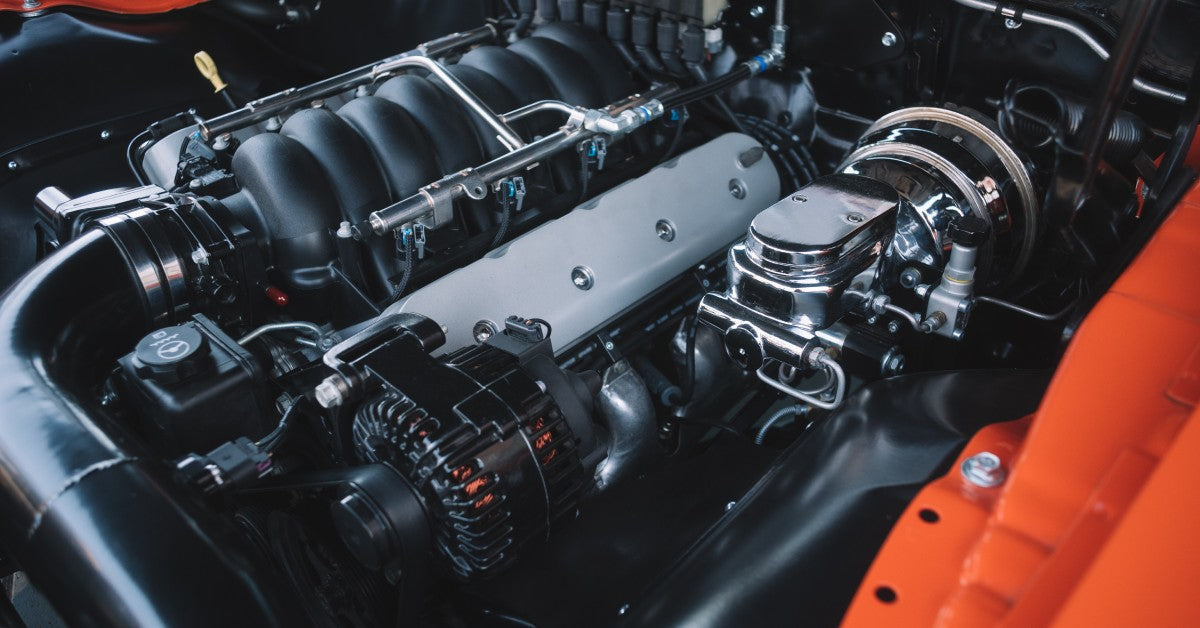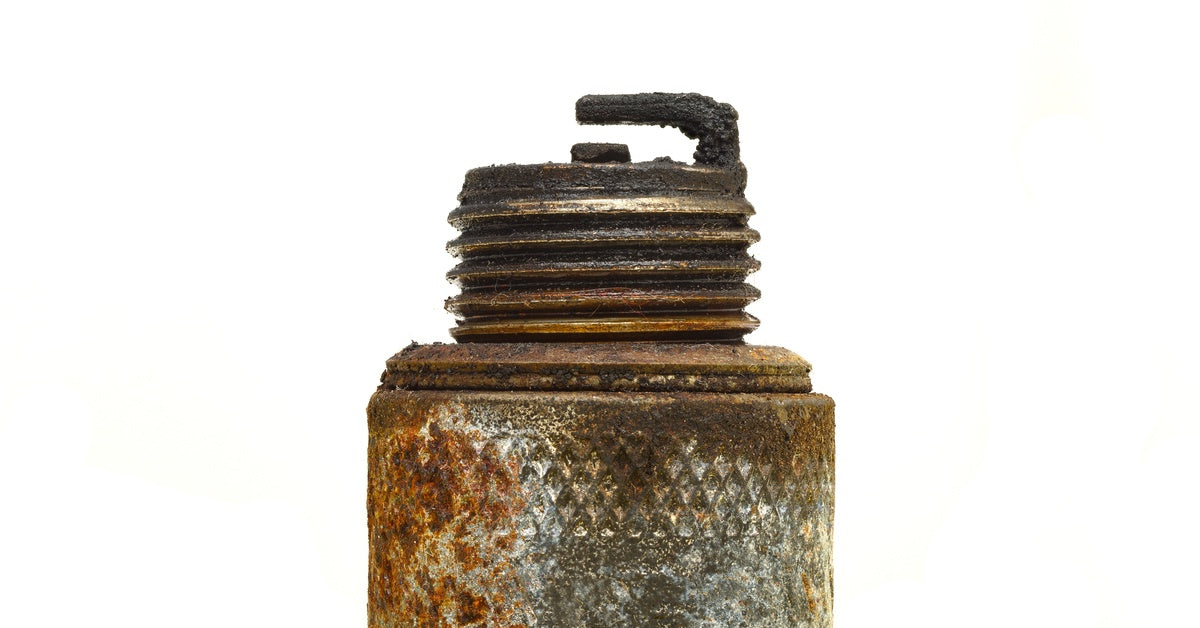
If you ask the average person on the street about run flat tires, they'll probably talk about the wonders of this "new technology." Did you know that run flat tires (RFTs) have been on the market since the mid-1980s? Recent improvements to the technology have made them more popular in recent years.
The basic premise behind RFTs is their ability for the driver to continue operating the vehicle safely for a short period of time after a puncture. This allows the driver to get the vehicle to a safe area to either change their tire or have the tire repaired by a mechanic. Most run-flat tires can operate after a loss in pressure for up to 50 miles.
There are two main systems at work in most RFTs. These are the support ring system and the self-supporting system. Both work to keep the tire's shape and durability after deflation. Support ring technology uses a ring of hard rubber on the inside of the tire, which can support the weight of the vehicle after deflation. This is usually found at the center of the tire a few centimeters above the inside wall. Self-supporting systems utilize reinforced sidewall construction to accomplish the same thing. Both systems work great and are in vehicles on the road today; perhaps even now in your driveway.
The biggest benefit of run-flat tires is obviously not having to change a tire in dangerous conditions. If you've ever experienced a flat on the freeway, you can surely understand. Also, if your tire has been punctured, an RFT is far more stable than a conventional tire, making getting to the shoulder much safer.
While consumers pay a premium for this type of technology, the benefits far outweigh the costs. Check with your local tire shop for more information. Price out the tires of your choice and do your online research before making the switch.







